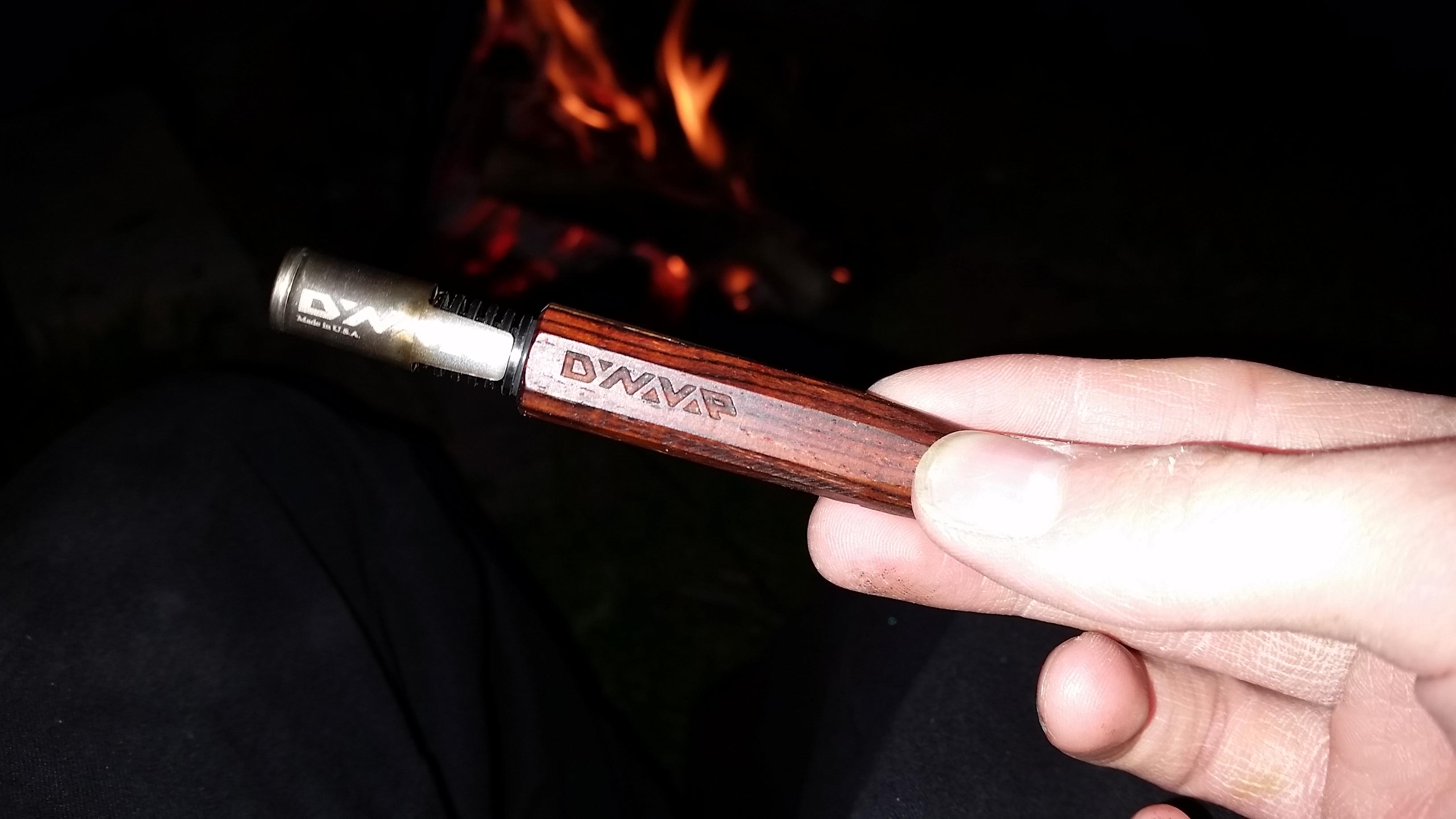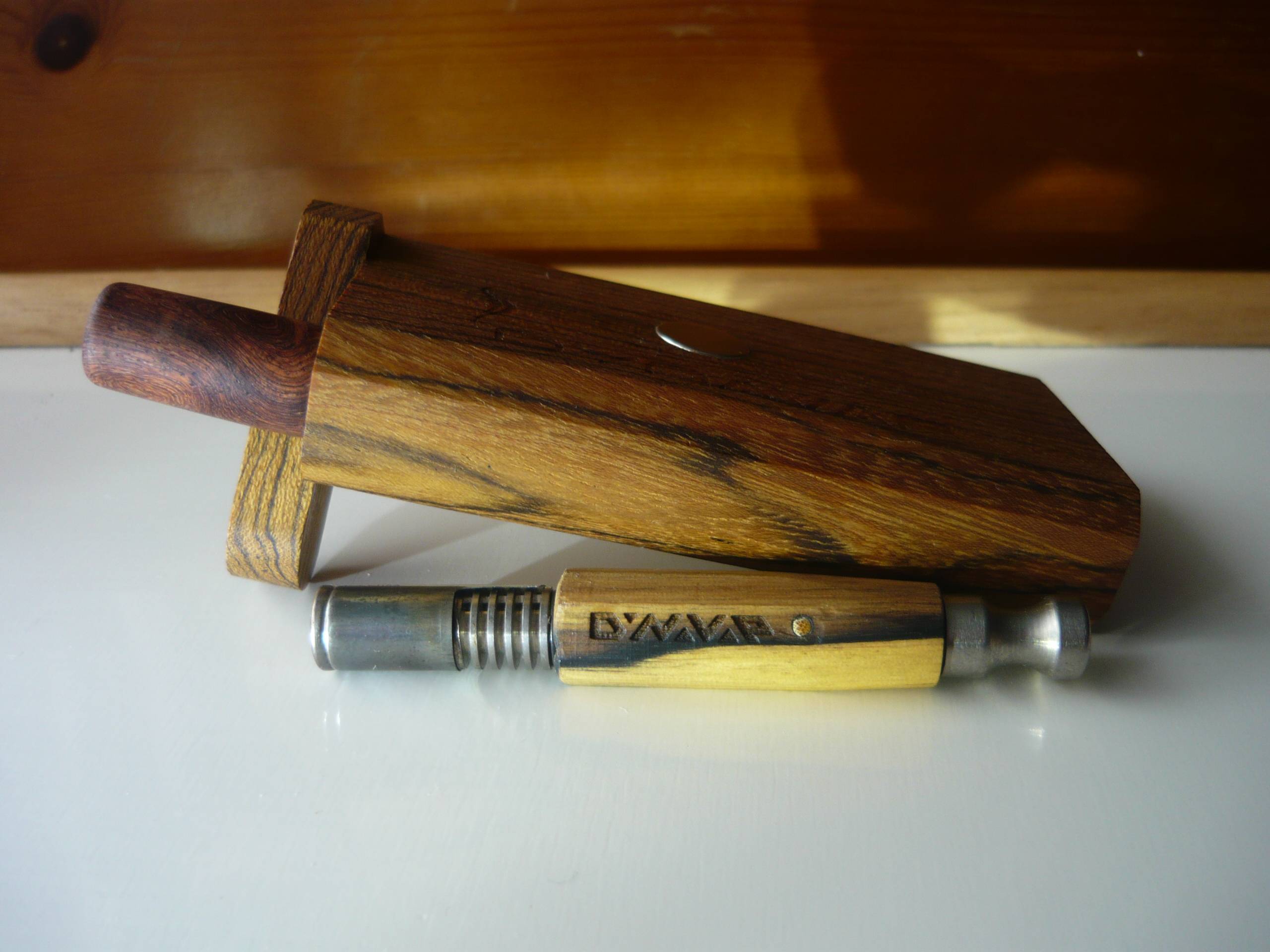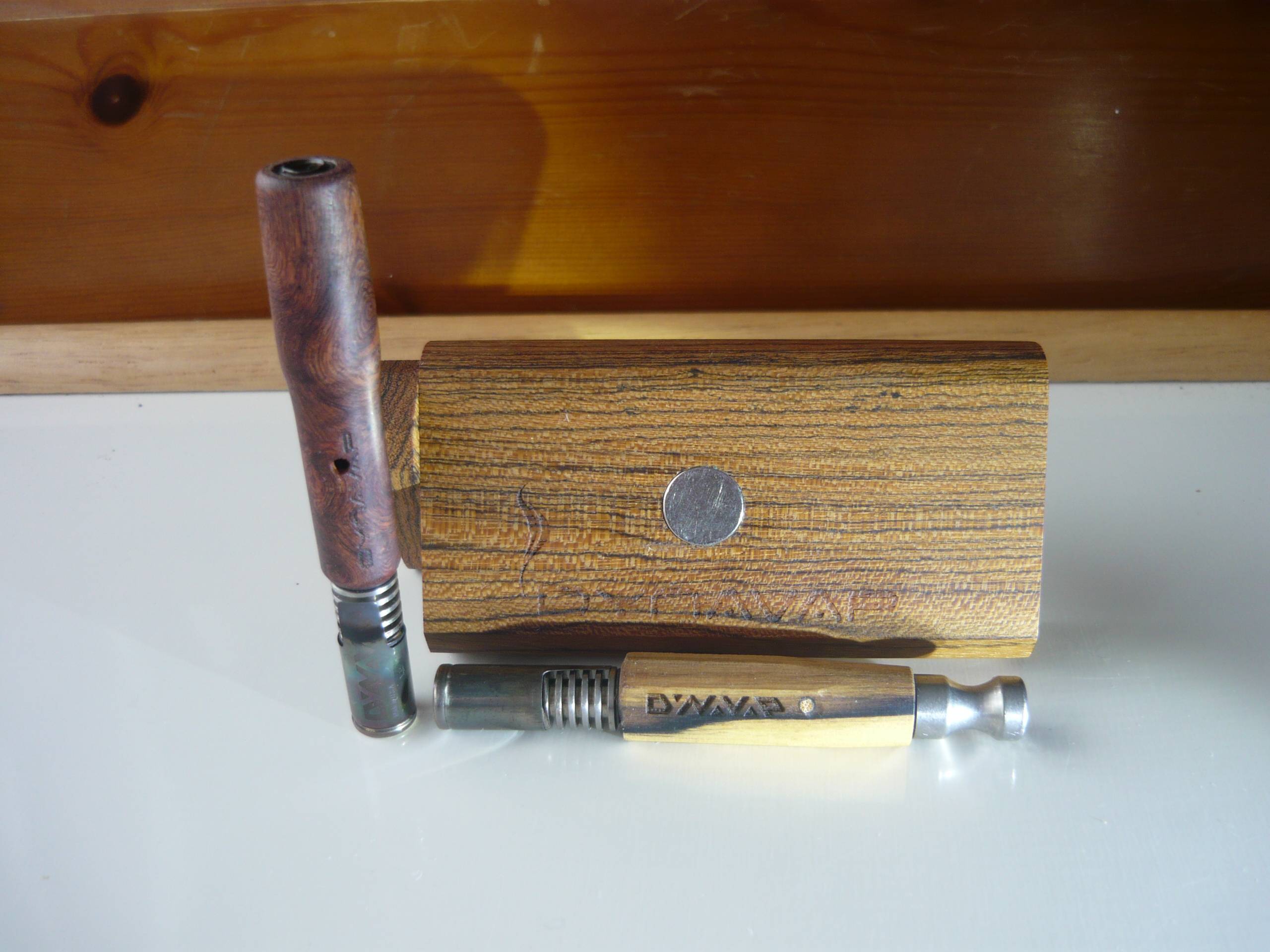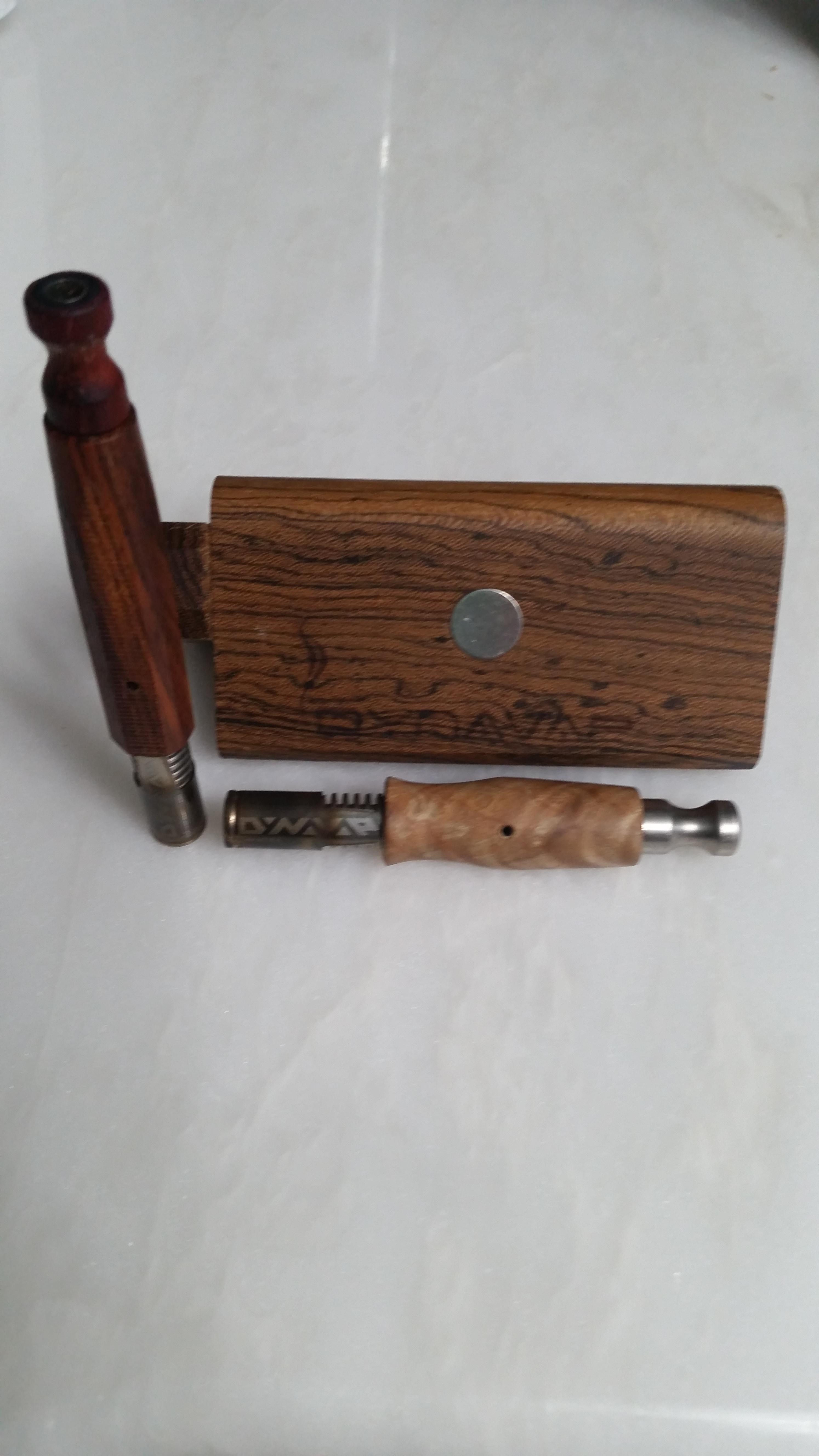Because as the cap is being heated, it is transferring that heat to the tip that it's in contact with... via conduction. So the tip and cap have to share that heat between them. The less mass to heat, the faster the rest of the mass (cap + tip) can heat up together. With the larger mass of the 7-fin tip, it requires more time or more applied energy. Assuming that we keep the energy applied constant (same lighter, same flame length for example) then more time is going to be necessary to heat the larger mass of the 7-fin tip than the 5-fin tip.

Exactly .
With a silly note ,just for the semantics : It's "applied power" and not "applied energy ",
as energy is the result of power x time .
--------------------------------------------------------------------------------------
It has come to my understanding that in a
conduction vaporizer system
a low "thermal inertia" (allow me to use this term in order to describe the general thermal response of the vaporising system in relation with the energy exchange incorporated ) is wished as ideal ,due to nature of the vaporization technique involved ,while regarding the convection vaporizers,then a high thermal inertia should be considered ideal.
A conduction vaporizer should have a heating system that is rather fast ,
regarding the increase / decrease of it's temperature,
depending on the amount of "ingoing" and "outgoing" energy ,respectively .
That characteristic is the most ideal as the herb material is in contact with the heating
element(s) and constant control of the heating power and time is involved ,either if this is achieved manually by the user adjusting the flame characteristics or
is an automated action performed by electronic systems
involving ultra precise and highly sophisticated PID control .
That, in order to be able to keep ideal temperatures for sustainable vaporization and
avoid overheating and possible combustion.
Quick regarding heating times but also quick to cool down .
Or to put it power-wise : "easy" to heat and "easy" to cool.
From the other hand , a convection vaporizer should have a "rock -steady" heating system.
As the heating element is not in contact with the herb material ,but it heats an air stream.
No matter the speed of the air stream(created by inhalation or fan ) ,
the heating system must maintain a steady temperature.
Precise temperature control is not the main issue at this case ,but
to have the ability to store heat.And storing heat requires lots of mass.
But lot's of mass takes long time to heat and cool ,or needs lots of power
to heat / cool ,or both .
--------------------------------------------------------------------
How the 5 fin M tip functions ,compared with the new 5 fin Ti tip ?
The M tip compared with the new Ti tips is like comparing
a Fiat with a Ferrari in terms of "speed" of thermal reaction ,towards applied or subtracted energy.
Many times it happened to me ,while heating the M the lighter went off,
before reaching the click temperature.
Still the cap clicked just few moments afterwards !
That is the thermal "inertia" I'm talking about.
And while the M is great for introducing someone to the wonder-world of VapCaps or
even revert a smoker into a vaper ,still can not be compared to a VC with a Ti Tip.
Especially with the latest generation Ti tip ,which is extremely fast.
Yes,it is much better tip than the previous 7 fin generation.
With noticeable differencies function-wise.At least ,from what I can tell .





 . Haha, u and I were the 2 most keen on the 7 I believe. How's about a rainbow anodized tip, one color for every fin? Too tacky?
. Haha, u and I were the 2 most keen on the 7 I believe. How's about a rainbow anodized tip, one color for every fin? Too tacky?








 with my VapCap M effectively.
with my VapCap M effectively.






